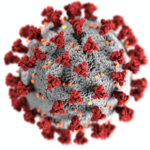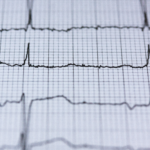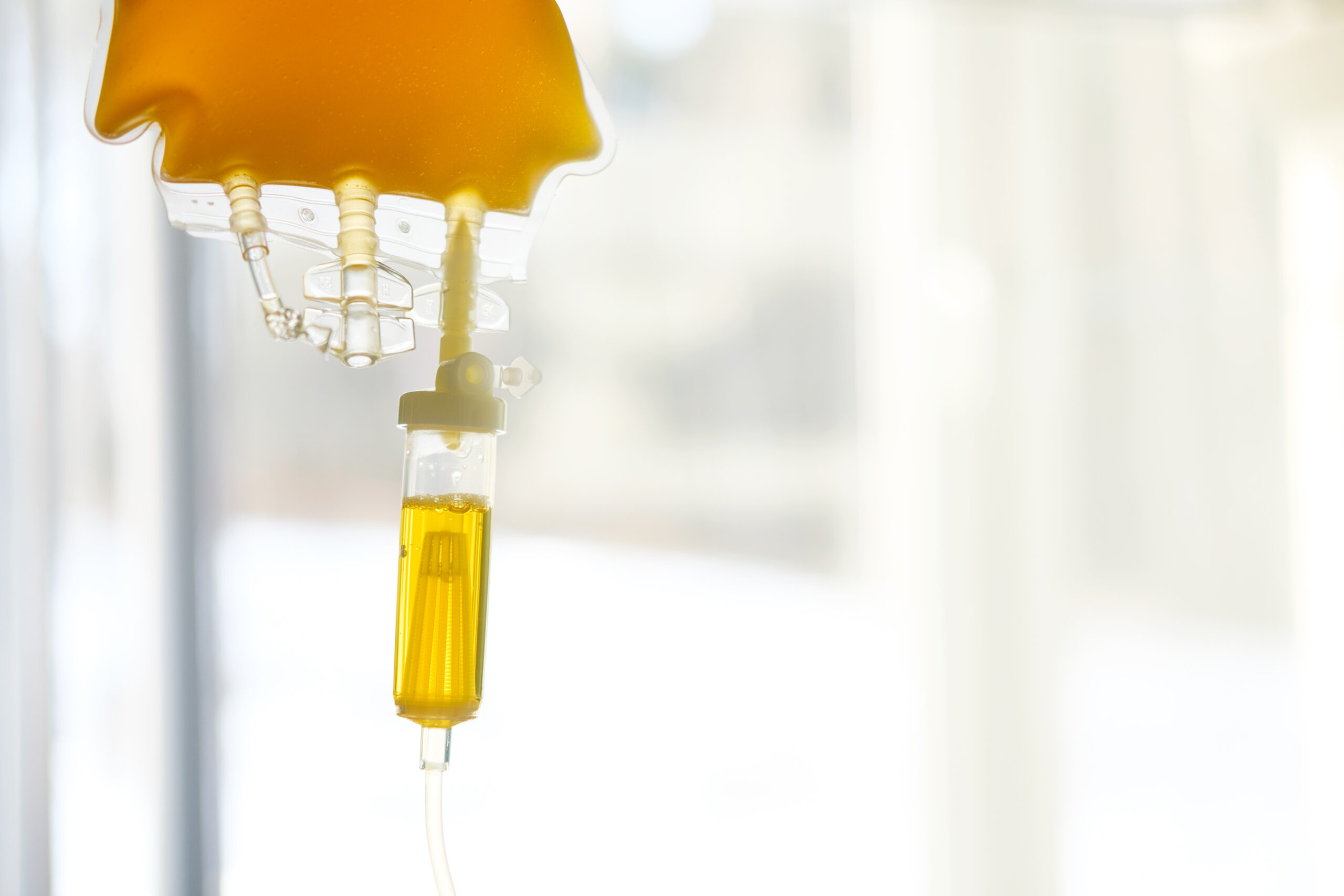
Highlighted Paper: Dexamethasone 12mg versus 6mg for Patients with COVID‑19 and Severe Hypoxaemia: a Pre‑planned, Secondary Bayesian Analysis of the COVID STEROID 2 Trial
Before we dive into this paper perhaps some broad comments about statistics in research is warranted. Since statistics by nature can be overwhelmingly complicated, we aim here to simplify our explanations of statistical methods for the sake of clarity, while concomitantly, consciously sacrificing a deeper and more nuanced understanding. We believe this approach will best allow most to more fully understand what the researchers did in their analysis to arrive at their conclusions.
The frequentist paradigm is what is usually employed in clinical trials currently. This is the typical approach that most of us are familiar with, in which we determine a needed sample size that will be required to derive conclusions within a certain confidence interval.
However, what if we conduct a well-designed clinical trial, but don’t reach our statistical thresholds? Is there a way that we can still, with statistical confidence, derive meaning from the data? The answer is yes, we can use Bayesian Statistics. To provide the most simplified explanation of this possible, think of this as a mathematical approach to amplifying trends in a clinical trial that did not reach statistical significance to show that those trends are likely to be clinically significant via the frequentist paradigm if the trial had a larger sample size.
With that background let’s first dive into the paper by Horby, et al1. For some, the original use of steroids to treat COVID-19 was met with skepticism, as some were concerned that steroids could weaken the immune system responses and possibly make the viral illness worse. However, the landmark RECOVERY trial showed us that the use of 6mg of dexamethasone daily resulted in lower 28-day mortality among those who were receiving either invasive mechanical ventilation or oxygen alone at randomization but not among those receiving no respiratory support. Since dexamethasone had no positive effect in those without the need for respiratory support, the inference was that this subset of patients did not have a misaligned immune response. However, those that did require some type of respiratory support, in addition to the viral illness itself, had an element of a hyperactive or imbalanced immune response that was giving raise to additional clinical manifestations, perhaps such as respiratory failure, thrombotic complications such as pulmonary embolism or stroke, renal failure, and possibly more.
Is the immune system creating a disease pattern itself a new finding with COVID-19? Not really. Take Chimeric antigen receptor T (CAR-T) cell therapy, which is a novel cellular immunotherapy that is widely used to treat hematological malignancies. CAR T-cell therapy can trigger a potentially serious complication known as cytokine release syndrome (CRS), or also known as cytokine storm. A treatment of CRS is the interleukin-6 blocker, tocilizumab, which, as we have seen is also a treatment for COVID-19 because of the similar pathophysiology being expounded upon in this article.2
However, the possible use of higher doses of steroids have been met with the same concern by some that perhaps we could go too far in terms of immune suppression and end up producing more harm than benefit to patients with COVID-19. Part of this theoretical concern is based upon the observation that in pediatric patients with COVID-19, it has been observed that they have a shorter length of stay, decreased requirement for mechanical ventilation, and lower mortality compared to adults3. The explanation for this observation is that the serum concentrations of interleukin-17A (IL-17A) and interferon-γ (IFN-γ), but not tumor necrosis factor-α (TNF-α) or IL-6, are inversely related to age. To expand on this observation in terms of the cytokine response, IL-17A and IFN-γ have beneficial or protective effects in terms of the immune response and regulate the immune response to not proceed in the direction of dysregulation and harm, whereas if TNF-α or IL-6 are unchecked the immune response itself can begin to cause a patient harm by becoming a disease entity in itself that we have categorized as a cytokine storm.
So here enters the question of whether a higher dose of dexamethasone than what was used in the RECOVERY trial, 12mg instead of 6mg, could be beneficial in the subgroup of patients that have severe hypoxia. The authors in our highlighted paper found that there were high probabilities of benefit and low probabilities of clinically important harm with dexamethasone 12 mg versus 6mg daily in patients with COVID-19 and severe hypoxemia on all outcomes up to 90 days when they used the Bayesian Statistical method above because their original work did not reach statistical significance using the frequentist paradigm4.
Here it appears that the logical deduction is that in this subgroup of patients with a stronger negative and dysregulated immune response manifesting as severe hypoxemia indeed benefit from a higher dose of dexamethasone because they need that higher dose to counteract their more exaggerated immune response.
We make note here that 12mg daily of dexamethasone is lower than the doses used in other ARDSnet clinical trials that did not specifically look at the COVID-19 patient population such as the DEX-ARDS trial5, in which 20mg of dexamethasone was used for 5 days followed by 10mg for an additional 5 days. We note this because theoretically it does appear that perhaps at some higher dose of steroids more harm could indeed be done in the COVID-19 severe hypoxemia patient population than good. This said, perhaps until more robust data is produced that specifically looks at these higher doses in terms of mortality, and not just clinical marker improvement, in the COVID-19 patient population, that proceeding more slowly to increase our steroid dose in a conservation fashion based upon the known literature is a wiser approach until more research is produce that shows otherwise.
Authors:
Christopher Voscopoulos, MD, MBA, MS, MLS, FCCP, RPNI
President, Medical Specialists Associates
Board Certified in Anesthesiology, Critical Care, Pain Medicine, Addiction Medicine, Critical Care Echocardiography, Transesophageal Echocardiography, and Board Eligible in Neurocritical Care and Obesity Medicine
Nazir Habib, MD
Partner, Medical Specialists Associates
Board Certified in Internal Medicine and Critical Care
References:
- Horby et al., “Dexamethasone in Hospitalized Patients with Covid-19 – Preliminary Report,” 19.
- Gupta et al., “Association Between Early Treatment With Tocilizumab and Mortality Among Critically Ill Patients With COVID-19.,” 19.
- Pierce et al., “Immune Responses to SARS-CoV-2 Infection in Hospitalized Pediatric and Adult Patients.”
- Granholm et al., “Dexamethasone 12 Mg versus 6 Mg for Patients with COVID-19 and Severe Hypoxaemia: A Pre-Planned, Secondary Bayesian Analysis of the COVID STEROID 2 Trial.”
- Villar et al., “Dexamethasone Treatment for the Acute Respiratory Distress Syndrome: A Multicentre, Randomised Controlled Trial.”




